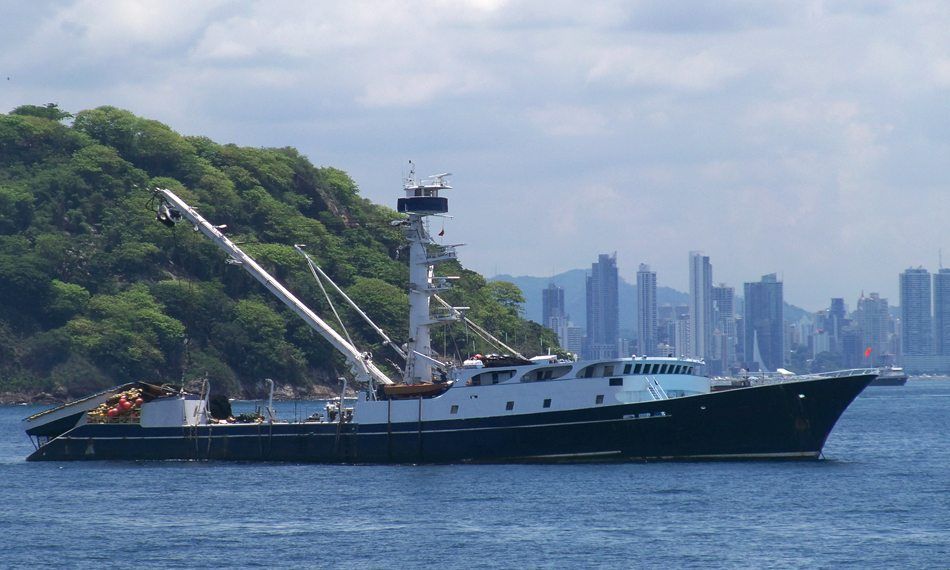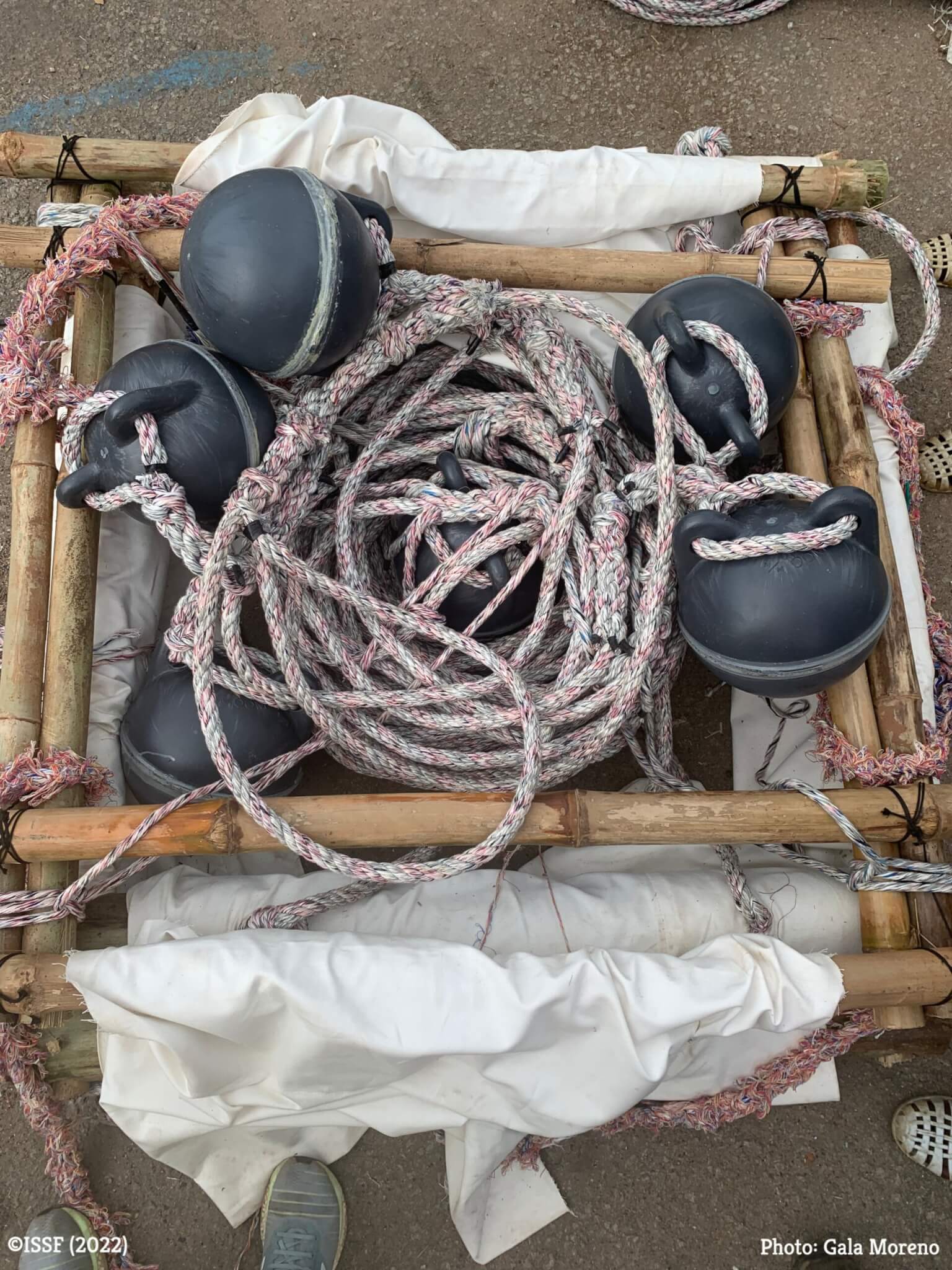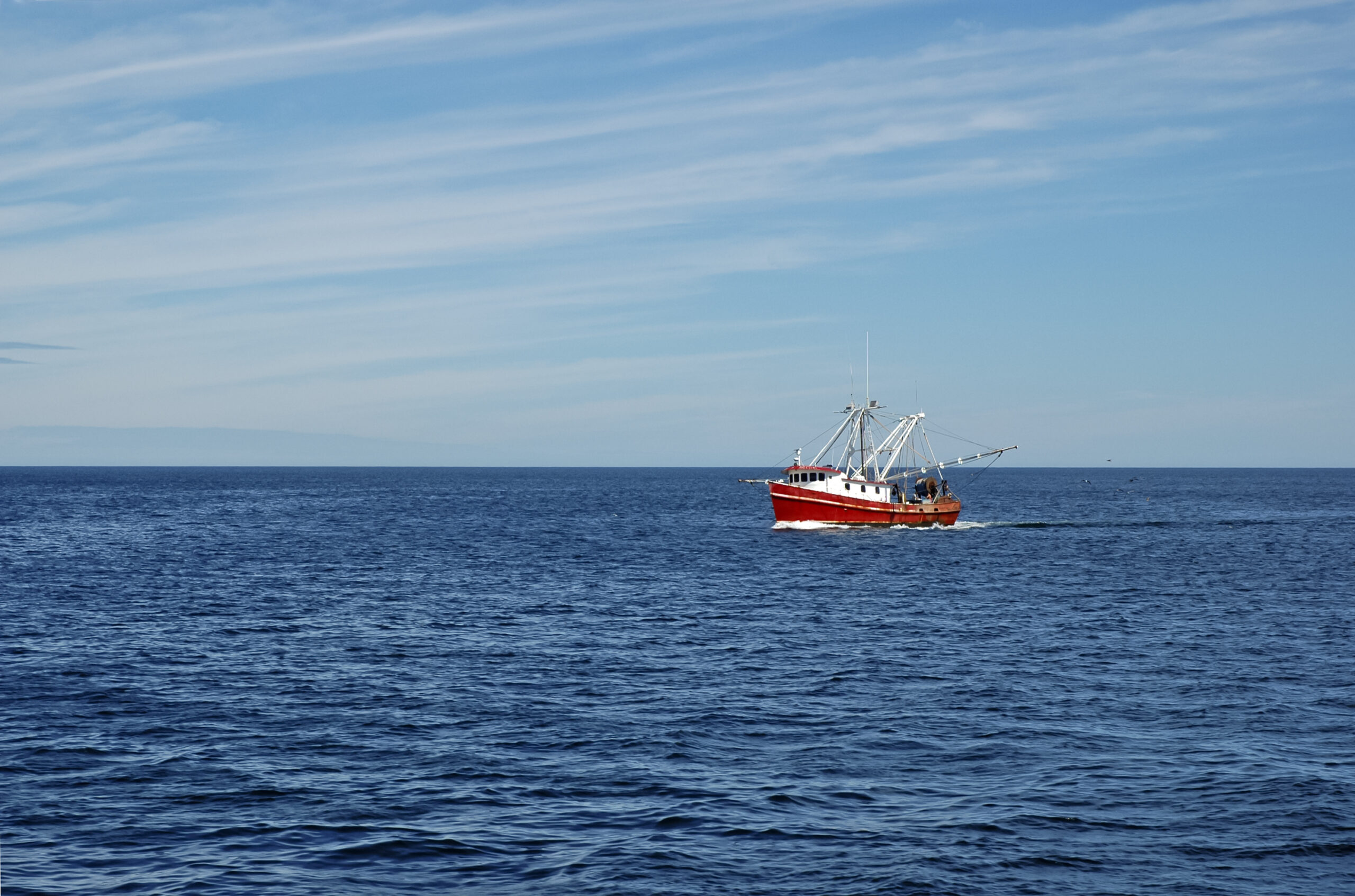UPDATED Snapshot of Tuna Purse Seine Fishing Fleets | BLOG: Better Designed, Better Managed FADs
Featured News
Updated Snapshot of the Large-Scale Tropical Tuna Purse Seine Fishing Fleets
ISSF has updated its Snapshot of Large-Scale Tuna Purse Seine Fishing Fleets report for June 2023. The report shows that approximately 652 vessels defined as large-scale purse-seine (LSPS) vessels are fishing for tropical tuna species, up 2% from last year, with a combined fishing capacity of over 841,000 m3 (cubic meters), a 1% increase from last year.
Purse seine fishing vessels catch about 66% of the 5.1 million tonnes of tunas caught annually worldwide. ISSF analyzes and aggregates information from the five tuna regional fisheries management organizations (RFMOs) and other sources to create this annual report, which focuses on large-scale purse seiners (LSPS) that target tropical tuna species: skipjack, yellowfin, and bigeye.
Featured Graphic
An infographic shows the size and fishing capacity of the large-scale purse-seine fleet fishing for tropical tunas worldwide, based on ISSF research. It also indicates how the PVR helps to provide transparency of the fleet’s fishing activities, including changes in fish hold volume.
Featured Content
Better Designed, Better Managed FADs
No Fishing Method Is Without Impact; Collaborative Efforts Are Making Fishing with FADs More Sustainable
Fishing on fish aggregating devices or FADs is efficient and widely used. But the use of FADs also comes with downsides that are of concern and must be addressed. Here I share some of the work that we at ISSF have been doing together with our research, NGO, and industry partners to ensure that these fisheries are sustainable for the long term.
Read the blog by Dr. Victor Restrepo
Is Catching Immature Fish Truly Unsustainable?
There is a widespread perception that catching immature, smaller fish is a very bad thing. Several consumer and retailer guides assign a negative score to those fisheries that catch a non-trivial amount of these fish — five percent, for example. The expectation that protecting immature fish will automatically result in increased sustainability is well entrenched in fisheries science and management as well. But this perception may not always be well founded.
Protecting immature fish is one of the many tools available in fisheries management. Like closed areas, fishing effort limits, and TACs (total allowable catch), size limits are one of many tools. The concept is anthropocentrically appealing and very easy to communicate. Let every fish spawn at least once, the thinking goes, and the population’s continuity will be guaranteed forever, no matter what.
But in fisheries management, warn co-authors Dr. Christopher Zimmermann, Dr. Kristina Barz, and Dr. Victor Restrepo, like so many things in life, there is not one silver-bullet solution to all issues.



